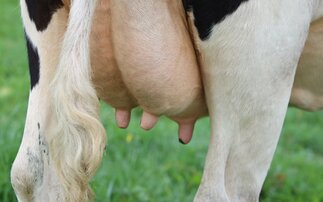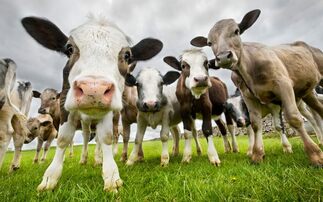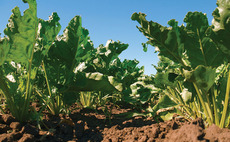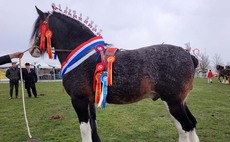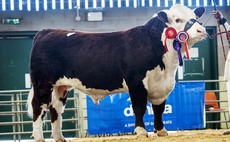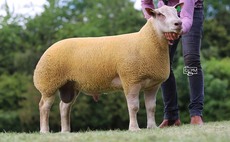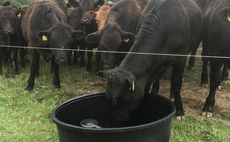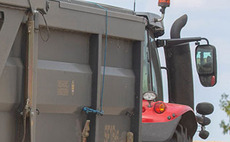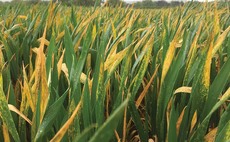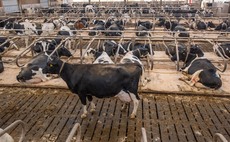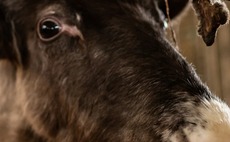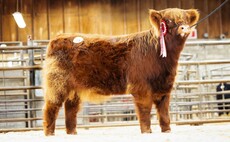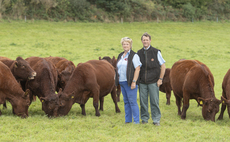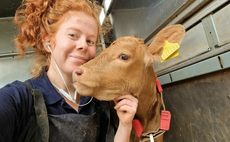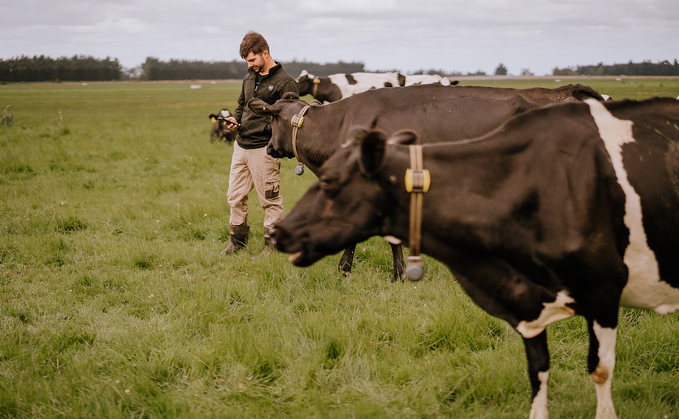
Weighing and technology
Used in combination with modern handling equipment, technology has become an integral part of implementing effective livestock management solutions.
Crucial weighing equipment, such as cattle crushes and squeeze crates, when linked to farm resource management solutions (FRM) such as EID panels and stick readers, are providing meaningful data capture, and offer valuable insights for livestock producers.
Describing systems such as the Tru-Test XR5000 as a ‘game changer', Ian Norbury, an AHDB strategic farmer, is now achieving a reputation for quality beef through local butchers and pub chain outlets, with proven provenance of the meat enabling higher returns.
"The Tru-Test XR5000 is a game changer, collecting and delivering as much or as little information as you want. I like to see Daily Liveweight Gain, Average Liveweight Gain, Sire / Dam, UK Tag number and health status," he says.
Alongside this, Mr Norbury uses the Datamars Livestock app as a useful tool for collecting data.
"I needed 0.8kg of DLWG, not 1kg DLWG last winter on my store cattle to meet my month and weight goal, which is to kill between 16 -22 months, which saves on concentrate usage and money.
"We utilise this information talking to our feed supplier and fine-tuning our ration.
"By weighing every three weeks, a clear indication can be seen onscreen from the graphs seeing if the feed is delivering what we hope. Regular weighing at Mobberly also reveals any underlying health or nutritional deficiencies quickly so intervention can take place sooner."
Weighing and health
When thinking about livestock management, it is also important to be on the lookout for symptoms which indicate poor health, one of which is Daily Liveweight Gain (DLWG).
This can reveal an underlying issue in a group or an individual, often before other symptoms become apparent and more serious.
Respiratory diseases in housed cattle such as pneumonia and Infectious bovine rhinotracheitis (IBR) virus can see animals take 14 days longer to reach breeding weights and average DLWG reductions of 200g+ per day.
Pre-treatment weighing also ensures treatment is delivered correctly, treating to the heaviest in the mob and splitting the group by weight, if necessary, which ensures product efficacy and reduces the risk of resistance build-up.
Body Condition Scoring (BCS) is similarly useful in planning and monitoring the condition of the flock pre-tupping and this can even pre-empt an early weaning decision to ensure ewes are in the right condition and if possible, on a rising plain of nutrition pre-tupping.
Weighing & genetics
Weighing and tracking performance can also identify key performers within the herd so those genetic traits can be retained when breeding livestock replacements.
To ensure the livestock unit is becoming more efficient and profitable, animals that produce offspring at an optimal birthweight are key.
Weighing of both cow and calf in suckler units, therefore, reveals an extremely useful key performance indicator (KPI), the weaning index, which states a calf should weigh as close to 50% of the dam when weaned.
During 12 months, 75% of feed consumed is used for maintenance by the animal so heavier cows need to perform or be culled out and their genetics are not retained if breeding your replacements.








